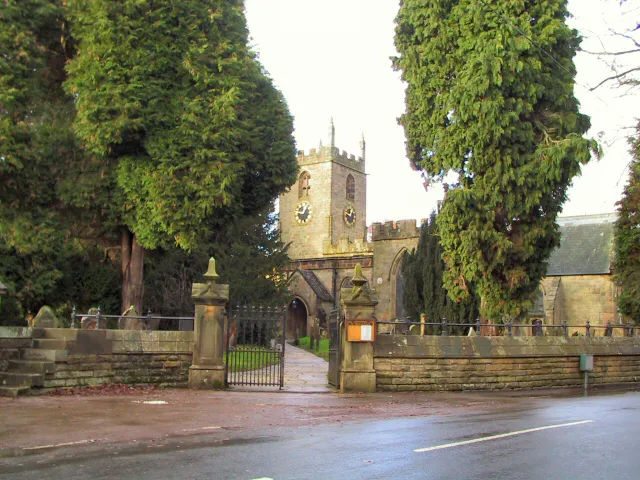We explore Richmal Crompton’s most famous and mischievous character 'Just William'
Who was 'Just William'?
The name William Brown should still strike fear into the hearts of any parents, teachers or authority figure wanting a quiet life.
The recalcitrant anti-hero of 38 books, William (along with Ginger, Henry, Douglas and faithful dog Jumble) menaced long before Dennis and was capable of a horridness beyond any Henry. His rebelliousness was enjoyed by the nation’s children (both small and large) who lived vicariously through this unkempt and uncouth maker of mayhem for most of the twentieth century.
Who wrote 'Just William'?
Even Brown’s creator, Richmal Crompton, might have used him as a kind of wish-fulfilment. William’s own insouciance towards schooling and regulations did not mirror Crompton’s views, nor was she able to enjoy the same earthly freedoms; first as a girl brought up in a traditional Victorian family and then when she lost the use of her right leg as a result of the polio she suffered in 1923.
Instead, much of the inspiration for William came from her brother Jack, who shunned the pastoral life that had been mapped out for him in order to join the Rhodesian Mounted Police, and subsequently from the exploits of her nephew Tom Disher and great-nephew Edward Ashbee.
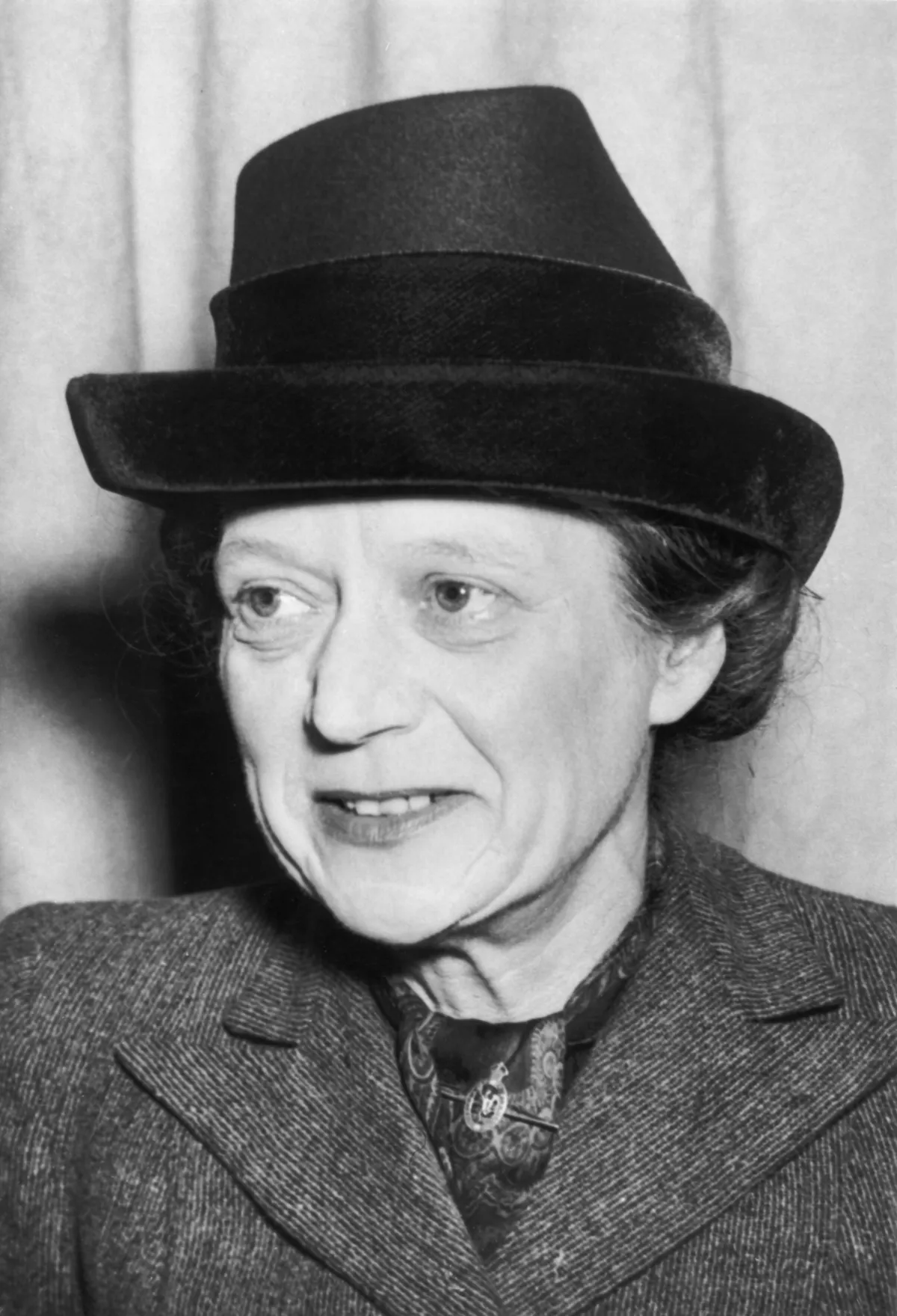
When was Richmal Crompton born?
Born Richmal Crompton Lamburn on 15th November 1890 in Bury, her father Revd Edward Lamburn taught at the local school and continued lessons at home for his three children – Gwen, Richmal and Jack. This love of learning continued throughout Richmal’s formal education, first at St Elphin’s School and then Royal Holloway College. Her experiences of secret societies, school plays, matronly teachers and picnics surely seeped into William’s world – even if in her tales they were often ruined by her young charge.
It was while teaching at Bromley High School in Kent that Crompton started submitting short stories to magazines. Her first, **Thomas - A Little Boy Who Would Grow Up, was published in Girl’s Own Paper in 1918 under the pseudonym Richmal Crompton – used so that the school’s Headmistress wouldn’t rumble her for earning an additional income (perhaps she did have a rebellious streak after all).
When did William first make an appearance?
William’s inaugural outing followed shortly after, appearing in the tale **Rice Mould, published in Home Magazine in February 1919. His is a world of apple-pinching, tree-climbing and ditch-jumping. The escapades of him and his gang, The Outlaws, proved so popular that by May 1922 there were enough stories for a first hardback novel, **Just William. Though Crompton original saw her William stories as nothing more than a “pot-boiler” for her other more serious novels for adults, these collections continued until 1970, with the posthumous publication of **William the Lawless.
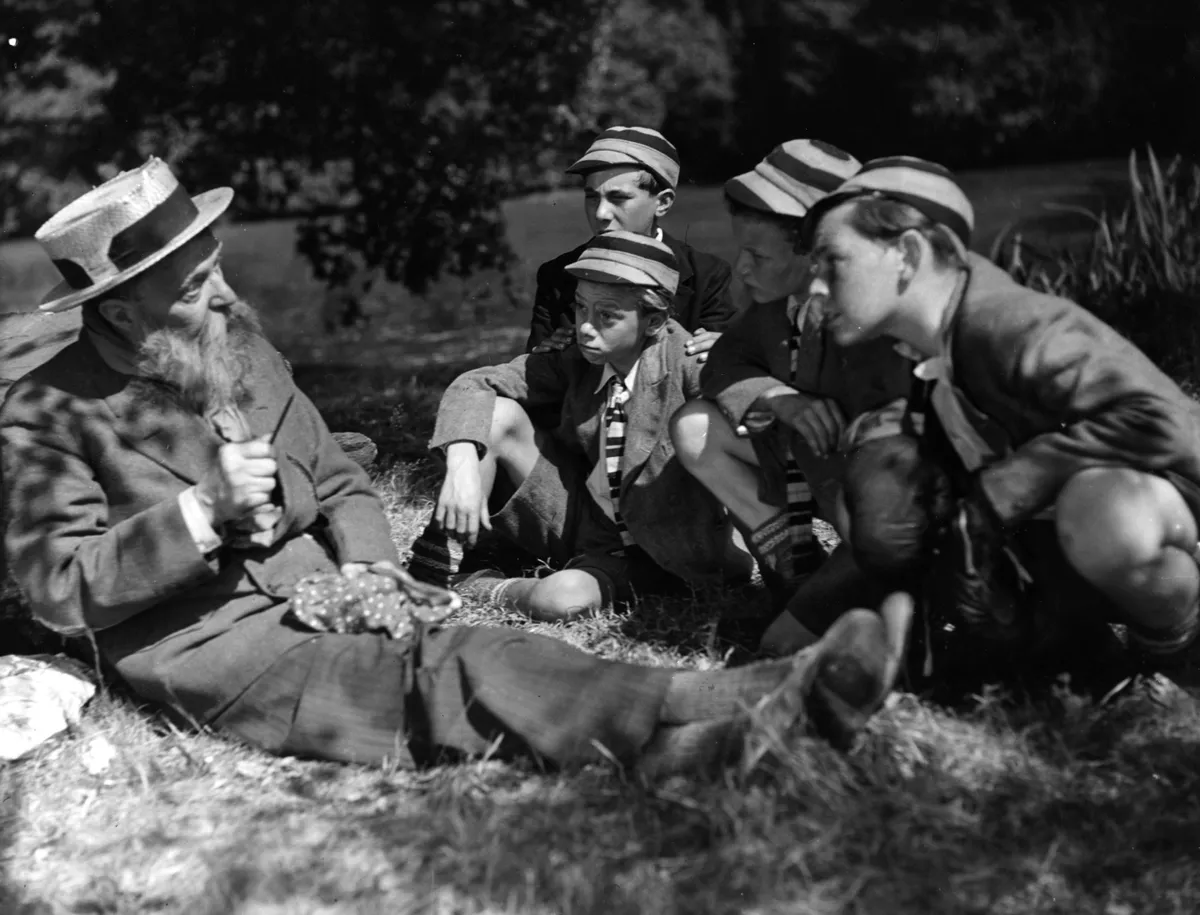
Throughout these books, further brought to life by the illustrations of Thomas Henry, Crompton’s creation is a whirling dervish sent to disturb middle-class life in his small rural village – whether by playing pirate, hunting German spies, misplacing babies or using his snoring Aunt Emily as an exhibition for the local children.
Of course, when viewed through 21st century eyes there are elements of the stories which haven’t aged so well. Back in 1999, the RSPCA quite rightly criticised William’s occasional ill-treatment of animals. Then there are the outdated gender stereotypes, with girl next door/ Outlaw-ally Joan Clive one of the few sympathetic female characters. Yet William’s joie de vivre and vivid imagination should still be an inspiration for all children, encouraging them to make the most of life before it gets too serious.
The places that could have inspired some of 'Just William' locations
1
Bromley Common, Greater London
Though William lived in unnamed village, between the fictional towns of Marleigh and Hadley, it’s no leap to imagine her setting many of The Outlaws adventures near her home in Bromley Common, for example it’s easy to imagine the stream in the wood where they spend so much time being located along the Ravensbourne.
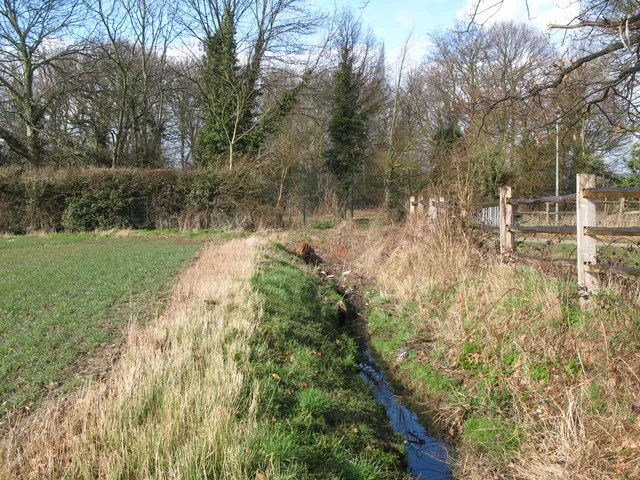
2
Goulceby, Lincolnshire
Crompton claimed that setting for William’s adventures was just an amalgamation of an archetypal English village, but it is thought that she also drew inspiration from a village in a remote part of Lincolnshire where she stayed as a child. We can imagine would-be Williams setting out from Goulceby to explore the Lincolnshire Wolds.
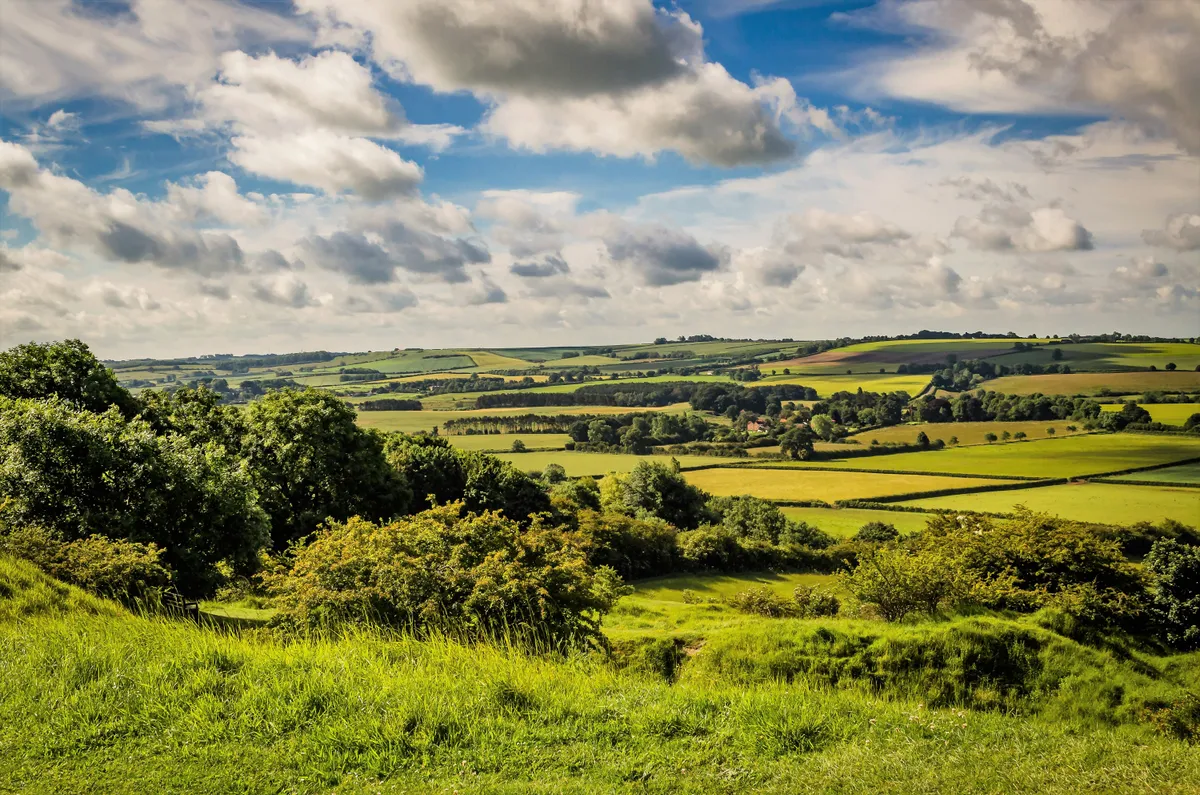
3
Benington, Hertfordshire
One of Thomas Henry’s illustrations in **William Does His Bit shows a sign which says “London A1”, placing his village north of the capital. Not only does this village in Hertfordshire fit the bill, but nearby manor house Benington Lordship was used as the home of William’s nemesis, Violet Elizabeth Bott, in the 2010 television adaptation.
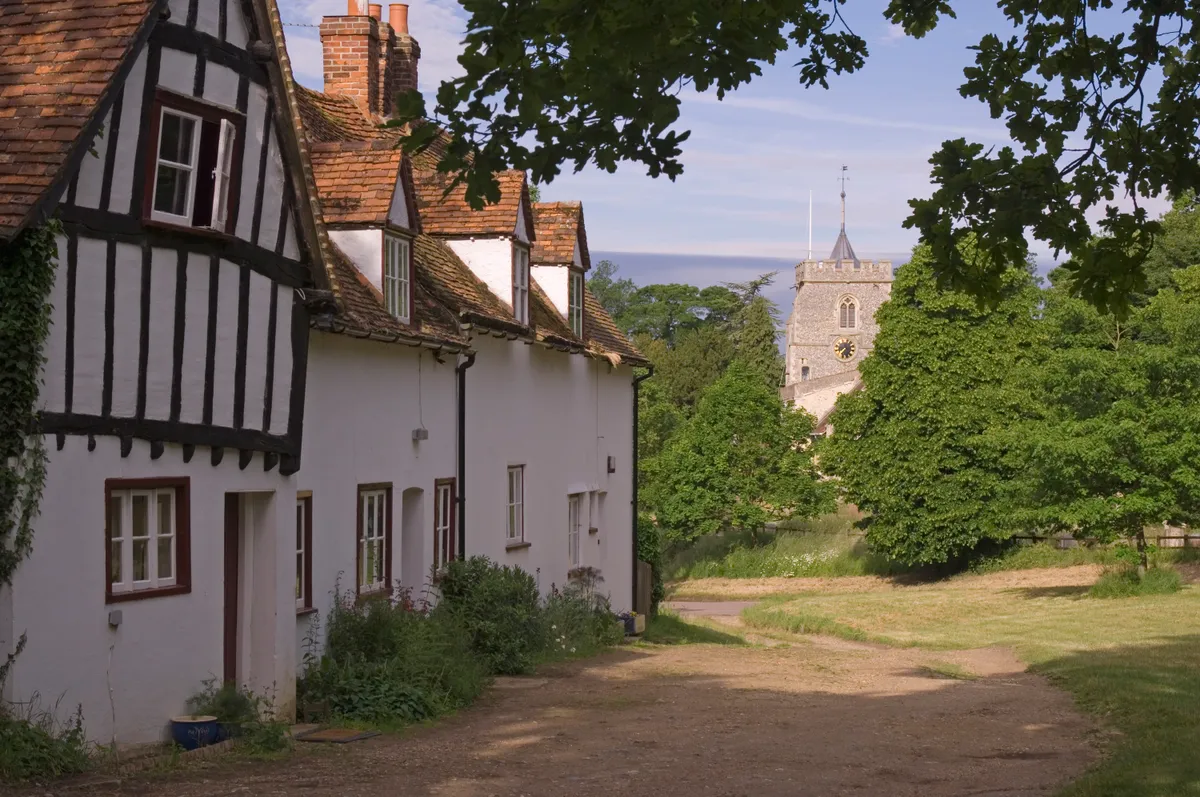
4
Chislehurst, Greater London
In 1954, when her large home and garden in Bromley proved too much for her, Crompton moved to the Kentish village of Chiselhurst. It was here where she would play with her great-nephew Edward and great-niece, who loved visiting ‘Auntie’. The house is marked by a plaque, but more exciting is a trip to the nearby Chislehurst Caves.
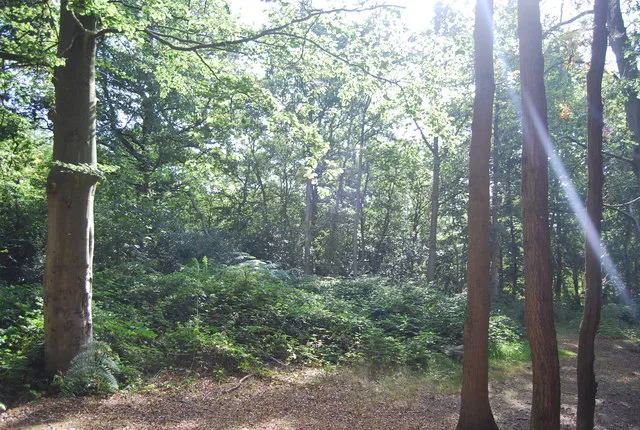
5
Darley Dale, Derbyshire
Girls schools often crop up in the William stories, arousing the young trouble-maker’s curiosity, and there’s no doubting that Crompton garnered much from her own time at St Elphin’s School. Though originally in Warrington, Lancs, the school had to move to Derbyshire in 1904 after an outbreak of Scarlet Fever.
